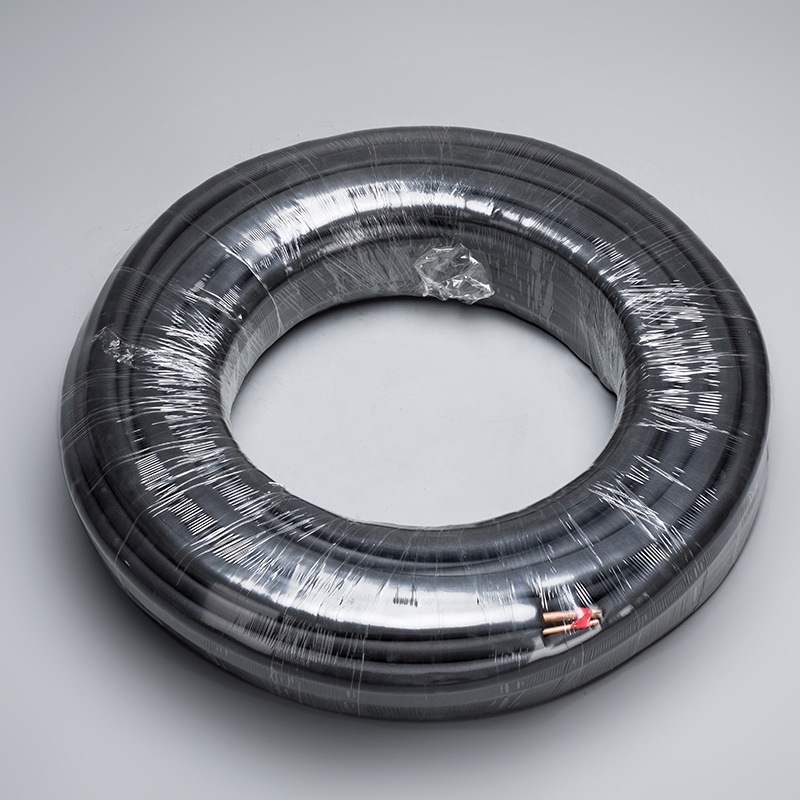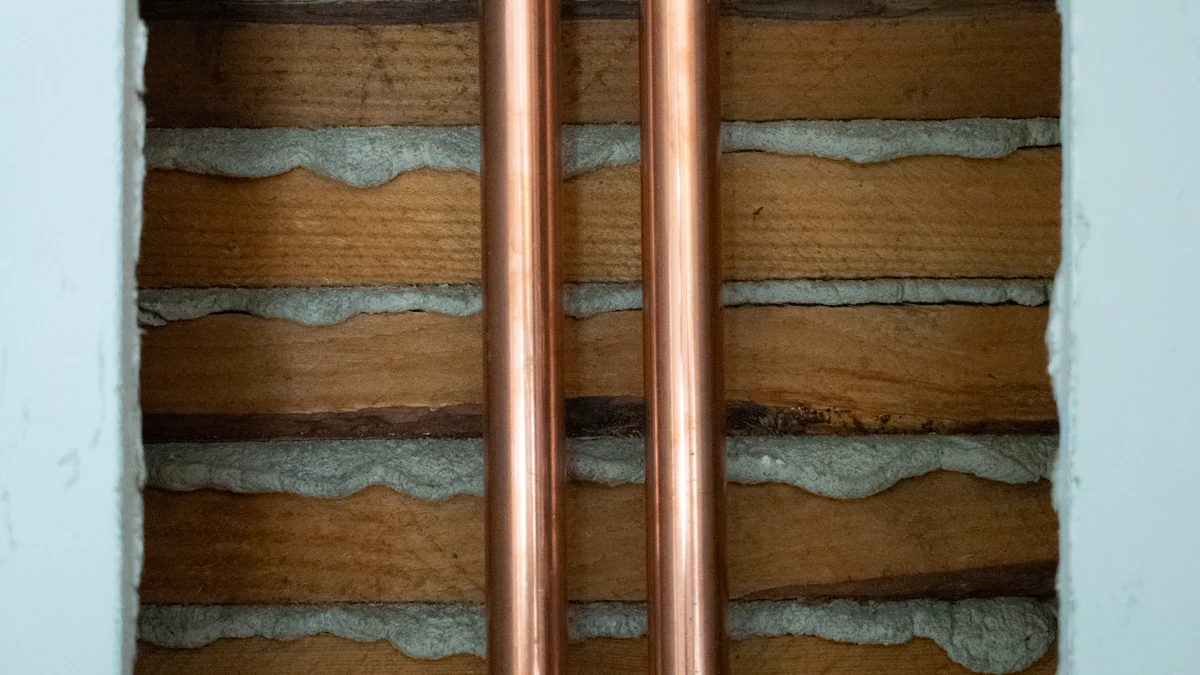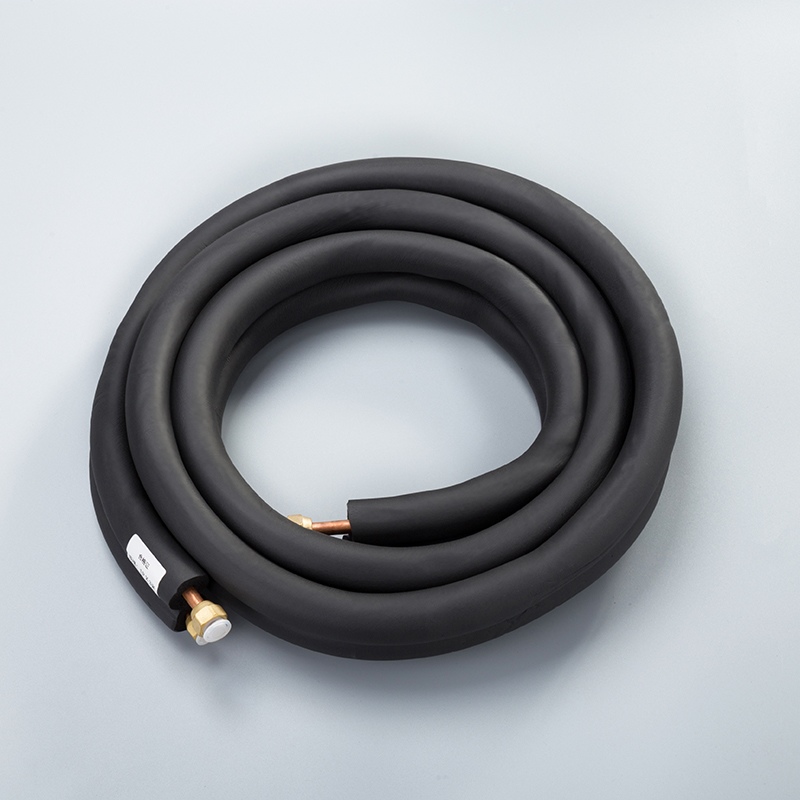Your Complete Guide to Selecting 1/4 3/8 Copper Pipe Coils

Selecting the right copper pipe coils is crucial for a successful project. This blog provides an in-depth guide on choosing 1/4 and 3/8 copper pipe coils with white PE insulation. The content covers essential aspects such as material considerations, application requirements, insulation types, and installation tips. By following this step-by-step manual for selecting 1/4 3/8 copper pipe coils with white PE insulation, readers can ensure a seamless process from selection to installation.
Importance of Proper Selection
When considering the Material Considerations for copper pipe coils, it is essential to prioritize Copper Quality. Opting for high-quality copper ensures durability and longevity in your piping system. Additionally, focusing on the Pipe Diameter is crucial as it directly impacts the flow rate and pressure within the pipes.
For Application Requirements, distinguishing between Residential vs. Commercial Use is fundamental. Residential settings may have different demands compared to commercial environments, necessitating specific types of copper pipe coils. Moreover, adhering to Local Codes and Regulations guarantees compliance with safety standards and legal requirements.
Selecting 1/4 3/8 copper pipe coils with white PE insulation involves a meticulous process that considers various factors. By understanding the significance of proper selection based on material considerations and application requirements, individuals can ensure a successful installation process.
Insulation Considerations

When it comes to Types of Insulation for copper pipe coils, various options are available to cater to different needs. Polyurethane Foam is a popular choice known for its excellent thermal insulation properties and durability. This type of insulation provides effective protection against heat loss and condensation, ensuring the efficient operation of the piping system.
Cellular Glass, another insulation option, offers unique advantages such as being non-combustible and resistant to moisture absorption. Its closed-cell structure makes it ideal for applications where moisture control is crucial, preventing potential damage to the pipes over time.
Considered a traditional choice, Fiberglass insulation is widely used due to its affordability and ease of installation. It provides adequate thermal insulation while being lightweight and flexible, making it suitable for various piping configurations.
For those looking for a versatile option, Elastomeric insulation stands out for its flexibility and resistance to harsh environmental conditions. This type of insulation is easy to install and maintain, offering long-term protection against heat transfer and condensation buildup.
Lastly, Phenolic Foam insulation is recognized for its high fire resistance and low thermal conductivity. It is an excellent choice for applications requiring superior thermal performance in challenging environments.
Insulation Thickness
Determining the appropriate thickness of insulation plays a crucial role in maintaining the efficiency and integrity of copper pipe coils. By calculating the right thickness based on factors like pipe diameter and environmental conditions, individuals can ensure optimal performance while minimizing energy loss.
The Importance of Water-Resistant Insulation cannot be overstated when selecting insulation for copper piping systems. Water-resistant materials help prevent corrosion and mold growth by effectively repelling moisture ingress. This feature not only prolongs the lifespan of the pipes but also ensures consistent performance over time.
Installation Tips

To ensure a seamless installation process of 1/4 3/8 copper pipe coils with white PE insulation, proper preparation of the tubing is essential. Unrolling Without Twisting the tubing from its coil prevents kinks and simplifies the installation procedure. Subsequently, Cutting to Length based on specific project requirements guarantees a precise fit and optimal performance.
When it comes to Applying Insulation, meticulous attention to detail is paramount for long-term efficiency. Sealing Seams and Joints with precision ensures a tight seal that prevents heat loss and condensation buildup. Additionally, utilizing Adhesive throughout the insulation application process enhances durability and maintains the integrity of the entire system.
Adhering to Local Codes is crucial to guarantee compliance with safety standards and regulations. Understanding the Importance of Compliance ensures that the installation meets industry requirements, promoting safety and reliability. Moreover, following Designer's Instructions provides valuable insights into best practices for optimizing performance and longevity.
To summarize, selecting the right copper pipe coils involves prioritizing copper quality and considering application requirements.
Ensuring proper insulation is crucial to prevent condensation and maintain efficient operation of the piping system.
For future projects, it is recommended to adhere to local codes and regulations for compliance and optimal performance.
See Also
Maximizing Efficiency with Premium Copper Pipe Fittings
Advantages of Dual Copper Pipe Coils for Enhanced Insulation
Enhancing AC Efficiency Through Copper Pipe Insulation Techniques


